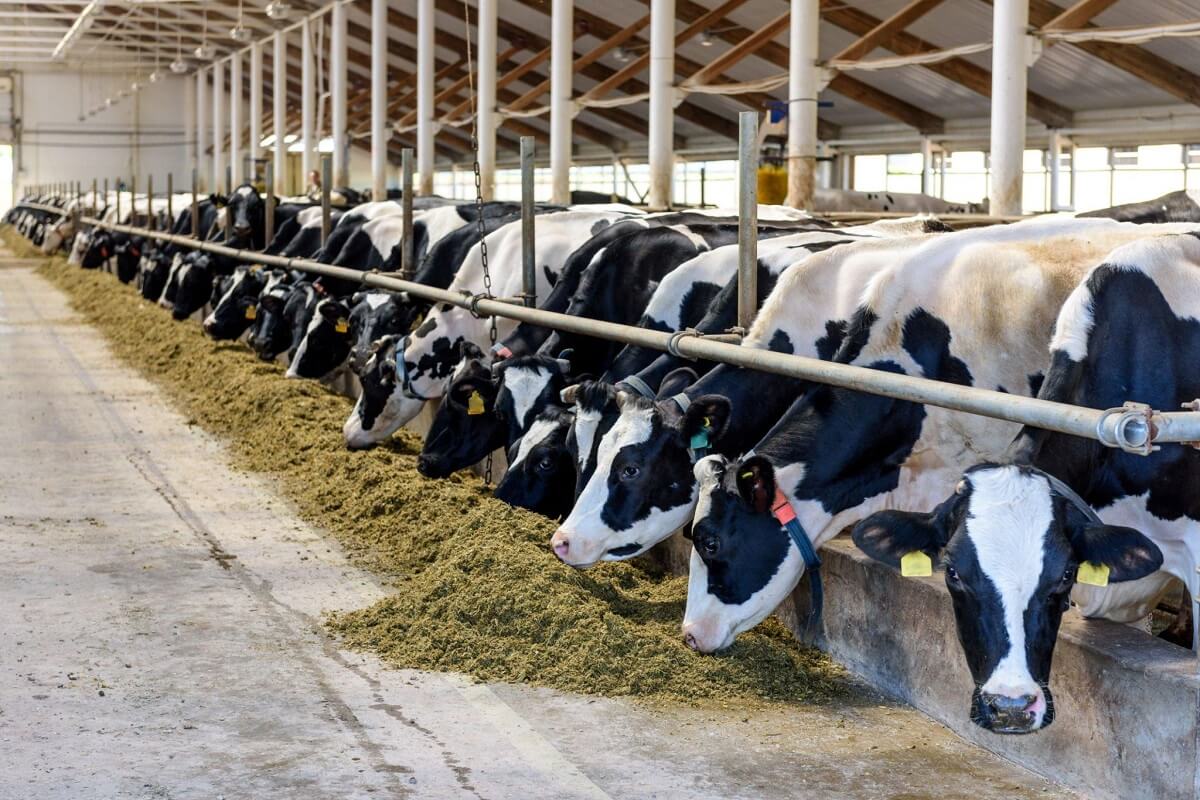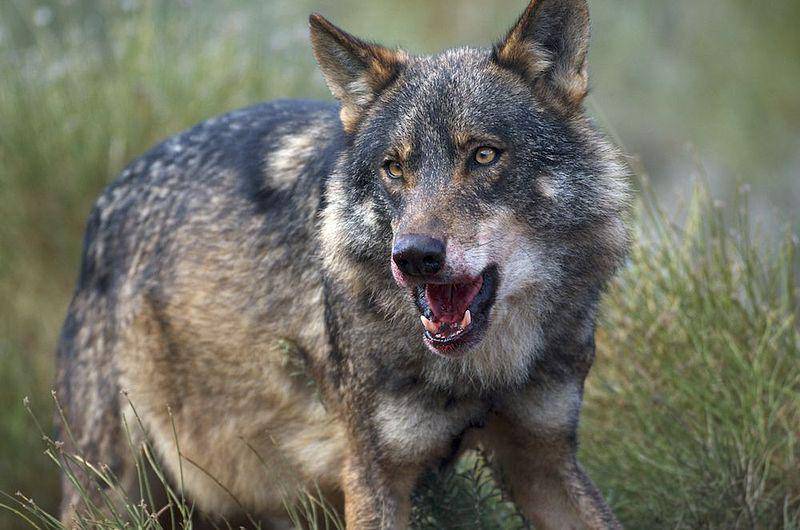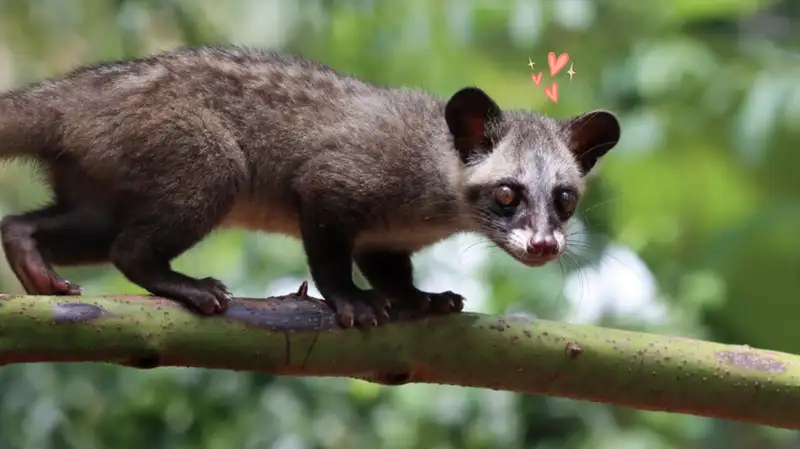The Kadut snake, known locally in certain regions for its intriguing presence and ecological significance, is a species that captures the interest of herpetologists and nature enthusiasts alike. As a vital component of its natural habitat, the Kadut snake plays a crucial role in maintaining the balance of local ecosystems. Its adaptability to various environments and distinctive characteristics make it a fascinating subject of study. This article aims to provide a comprehensive overview of the Kadut snake, exploring its physical traits, habitat, behavior, and the importance of its conservation. Understanding this species not only enriches our knowledge of biodiversity but also emphasizes the need to protect such unique creatures for future generations.
Physical Characteristics and Distinctive Features of the Kadut Snake
The Kadut snake exhibits a slender, elongated body that typically measures between 1.2 to 2 meters in length. Its scales are smooth and glossy, often displaying a pattern of irregular blotches or stripes that help it blend seamlessly into its environment. The coloration varies from shades of brown and gray to more vibrant hues like olive or yellow, depending on the region and habitat. One of its most distinctive features is its pointed head, which is slightly wider than its neck, giving it a sleek yet alert appearance. The eyes are prominent with vertical slit pupils, a trait common among many nocturnal or ambush predators.
Distinctive features also include its forked tongue, which it flicks rapidly to sense chemical cues in the environment. The underside of the Kadut snake is usually lighter in color, often cream or pale yellow, providing camouflage when viewed from below. Its scales have a keeled texture in some individuals, adding to the roughness that can be felt upon close inspection. The snake’s overall body structure is built for agility and swift movement, aiding in both hunting and escaping predators. These physical attributes collectively make the Kadut snake a well-adapted predator within its ecological niche.
The head of the Kadut snake is often triangular with a slight ridge along the top, which can be more pronounced in males during the breeding season. Its jaw structure allows it to swallow prey much larger than its head, thanks to flexible ligaments and a removable jawbone. The tail is tapering and often shorter relative to its body length, aiding in balance and quick directional changes. The skin pattern and coloration serve as effective camouflage, especially in leaf litter, rocky terrains, or dense vegetation. These features are key to its survival, helping it avoid predators and ambush prey effectively.
In terms of sensory adaptations, the Kadut snake possesses heat-sensitive pits located near its nostrils, allowing it to detect warm-blooded prey even in low-light conditions. Its keen sense of smell, aided by its forked tongue, complements its visual acuity, making it a proficient hunter. The combination of these physical and sensory features highlights the evolutionary adaptations that have enabled the Kadut snake to thrive in diverse environments. Such distinctive traits also aid herpetologists in identifying and differentiating it from similar species within its range.
Overall, the physical characteristics of the Kadut snake reflect its role as an adaptable and efficient predator. Its coloration, body structure, and sensory capabilities are all finely tuned to its ecological niche, ensuring its survival across different habitats. Recognizing these features allows for better understanding and appreciation of this remarkable serpent species.
Distribution and Range of the Kadut Snake Across Regions
The Kadut snake is primarily found in Southeast Asia, with its distribution spanning several countries including Malaysia, Indonesia, Thailand, and parts of Myanmar. Its range is largely concentrated in tropical and subtropical regions, where it inhabits forests, grasslands, and sometimes agricultural areas. The snake prefers environments with abundant cover and access to water sources, which support its hunting and reproductive needs. Its adaptability to various habitats has allowed it to establish populations across a broad geographic area.
Within its range, the Kadut snake is often encountered in lowland forests, particularly in regions with dense foliage and abundant leaf litter. It can also be found in hilly or mountainous terrains, provided the environment offers sufficient cover and prey availability. In some areas, it has adapted to living near human settlements, taking refuge in gardens, plantations, or abandoned structures. This adaptability has led to its presence in both pristine and disturbed habitats, demonstrating its resilience and ecological flexibility.
The distribution of the Kadut snake is influenced by climatic factors, with higher populations observed in regions with warm temperatures and high humidity. Seasonal variations, such as monsoon rains, can impact its activity patterns and breeding cycles. In drier seasons, the snake tends to seek shelter underground or within dense vegetation to conserve moisture and avoid predators. Its range overlaps with several other snake species, but it maintains distinct territories or habitats within its environment.
Geographically, the Kadut snake’s range overlaps with areas rich in biodiversity, making it an important component of local ecosystems. Its presence can be used as an indicator of habitat health and environmental stability. However, in some regions, habitat destruction due to deforestation, agriculture, and urban development has threatened local populations. Conservation efforts are increasingly focused on preserving the natural habitats that support the Kadut snake and other native species.
Understanding the distribution and range of the Kadut snake is essential for effective conservation and management strategies. Mapping its habitat preferences and population densities can inform efforts to mitigate threats and ensure the species’ continued survival across its natural range. As a resilient and adaptable serpent, the Kadut snake remains a significant part of Southeast Asia’s rich biodiversity.
Behavior and Activity Patterns of the Kadut Snake in the Wild
The Kadut snake is primarily nocturnal, with peak activity occurring during the night when it hunts for prey and avoids daytime predators. Its activity patterns are closely linked to temperature, humidity, and prey availability. During dusk and the early hours of the night, the snake becomes more active, utilizing its keen senses to navigate and hunt in low-light conditions. In cooler months or during the dry season, its activity levels may decrease, and it often seeks shelter during the hottest parts of the day.
In its natural habitat, the Kadut snake exhibits both ambush and active hunting behaviors. It is known to be an ambush predator, waiting patiently in concealed positions such as beneath leaf litter, rocks, or dense vegetation for prey to pass by. When prey is detected—be it small mammals, amphibians, or insects—it strikes swiftly, using its flexible jaw to swallow prey whole. Occasionally, it may also pursue prey actively, especially in open areas where ambush tactics are less effective.
The snake’s behavior also includes periods of basking during the day, especially in cooler conditions, to regulate its body temperature. It often positions itself on sunlit rocks or branches, absorbing warmth before becoming active at night. During the breeding season, males may engage in territorial displays and combat to establish dominance, involving body posturing and combat movements. Females are generally solitary, only coming together for mating purposes.
The Kadut snake tends to be secretive and cautious, often retreating into its hiding spots when disturbed. Its movement is characterized by quick, agile strikes and rapid retreats, enabling it to evade potential threats. Its behavioral adaptability allows it to survive in areas with varying degrees of human activity, although increased disturbance can lead to altered activity patterns or habitat avoidance.
Throughout its activity cycle, the Kadut snake demonstrates a balance between hunting, thermoregulation, and reproduction behaviors. Its nocturnal nature and behavioral strategies are vital for its survival, helping it avoid predators and optimize feeding opportunities. Observing these behaviors in the wild provides insights into its ecological role and adaptations to environmental challenges.
Diet and Feeding Habits of the Kadut Snake Species
The Kadut snake is a carnivorous predator with a diet primarily consisting of small mammals, amphibians, lizards, and large insects. Its dietary preferences are influenced by the availability of prey within its habitat and its own physical capabilities. Its ability to swallow prey much larger than its head allows it to exploit a wide range of food sources, making it an effective hunter in diverse environments.
Prey detection is facilitated by the snake’s keen eyesight, sensitive heat-sensitive pits, and acute sense of smell. It employs ambush tactics, patiently waiting for prey to come within striking distance. When a target is identified, the Kadut snake strikes with rapid precision, biting and then constricting or swallowing the prey whole. Its flexible jaw and muscular body enable it to consume prey items of considerable size, which is stored and digested over several days depending on the prey’s size and nutritional content.
The snake’s feeding habits are typically opportunistic, with feeding frequency varying according to prey availability and environmental conditions. During periods of abundance, the Kadut snake may feed more frequently, while in leaner times, it conserves energy by reducing activity and food intake. Its digestion process is efficient, allowing it to extract maximum nutrients from its prey, which sustains it through periods of fasting or low prey activity.
In addition to hunting live prey, the Kadut snake occasionally consumes eggs or carrion if encountered, although this is less common. Its diet plays a critical role in controlling populations of rodents and insects, thus contributing to the ecological balance within its habitat. The snake’s diet also influences its physical condition, reproductive success, and overall health.
Understanding the feeding habits of the Kadut snake provides valuable insights into its ecological niche and interactions within the food web. Its role as a predator helps regulate prey populations and maintain biodiversity. Protecting the prey species and their habitats indirectly supports the health and sustainability of the Kadut snake populations.
Reproduction and Lifecycle of the Kadut Snake in Nature
The Kadut snake reaches sexual maturity between one to two years of age, depending on environmental conditions and availability of resources. Mating typically occurs during the dry season or early rainy season when environmental cues trigger reproductive behaviors. Male snakes engage in combat or display rituals to compete for access to females, involving body posturing and territorial displays.
Female Kadut snakes lay eggs in concealed, humid environments such as under leaf litter, in burrows, or within rotting logs. Clutch



